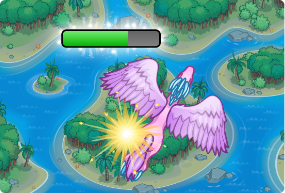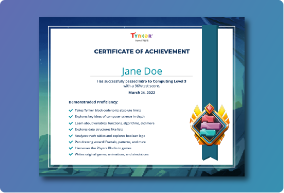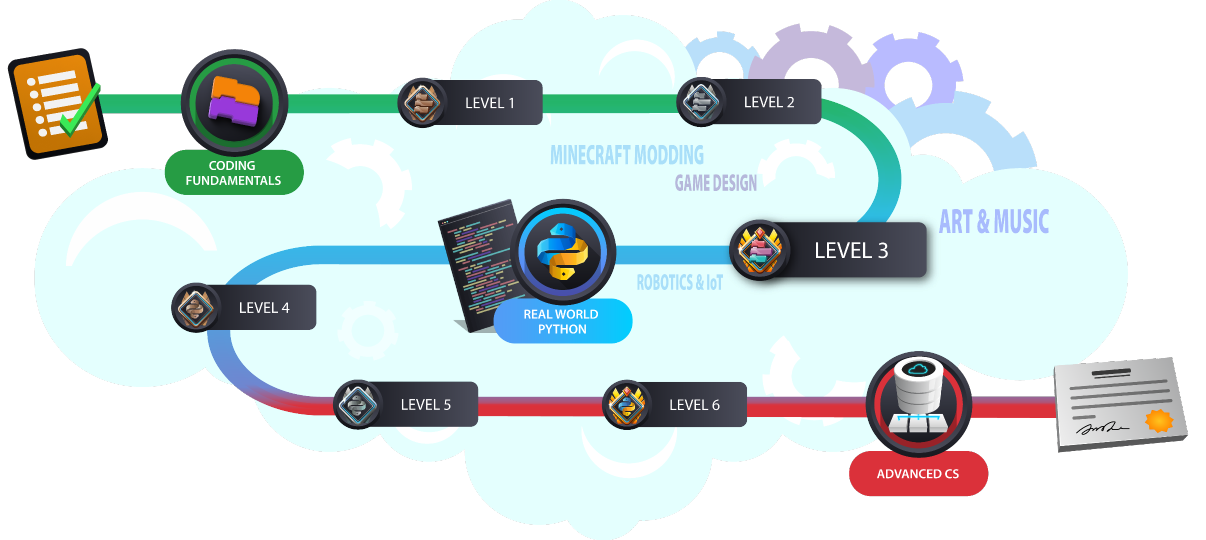
Variables and Attributes
Learn how to keep track of key information and attributes in your programs. Think: scorekeeping, health, and more. Plus, learn how logic and expressions can help create winning and losing conditions in your games.
16 Lessons:
1. Welcome to Tynker
2. Animation
3. Storytelling
4. Music and Sound
5. Instruments and Tempo
6. Drawing Colors
7. Detecting Colors
8. Review Quiz
9. Variables
10. Powerups and Effects
11. Boss Battle
12. Finishing Touch
13. Top Down Game Design
14. Create a Top-Down Game
15. Logical Operators
16. Unit 1 Quiz

Functions
Make flexible programs as you learn to program by organizing your code using functions, then explore how to customize them further using parameters.
5 Lessons:
17. Functions
18. Simple Shapes
19. Geometric Patterns
20. Functions Library
21. Unit 2 Quiz

Advanced Game Design
Explore techniques for advanced games, such as game menus, projectiles, parallax backgrounds, cloned actors, local multiplayer, and much more.
8 Lessons:
22. Start Screen and Controls
23. Shoot Projectiles
24. Parallax Scrolling
25. Cloning
26. Custom Adventure Generator
27. Multiplayer Games
28. Types of Multiplayer Game
29. Unit 3 Quiz

The Physics Blocks
Physics is a world of projectiles flying through the air; spinning wheels, satellites orbiting planets, and more. What kind of games can you create? Think: Angry Birds and Marble Madness.
6 Lessons:
30. The Physics Engine
31. Gravity and Bouncing
32. Static Platforms
33. Basketball
34. Impulse
35. Unit 4 Quiz

Lists
Create a leaderboard, player inventory, and more with useful new data structure called a list and explore how you can use it in games and other projects to store data in a convenient way.
8 Lessons:
36. Lists
37. Lists in Games
38. Laser Tennis
39. Enemy AI
40. Leaderboards
41. Asteroid Pong
42. Timers
43. Unit 5 Quiz

Fractals and Math Art
Explore the most mind-bending idea in computer science: Recursion! Draw intricate patterns and fractals using this technique, then explore practical applications too.
6 Lessons:
44. Math Art
45. Repeating Patterns 1
46. Basic Shapes
47. Repeating Patterns 2
48. Recursion
49. Unit 2 Quiz

Assessment
Put your skills to the test — keep up the momentum and continue on your learning pathway.



